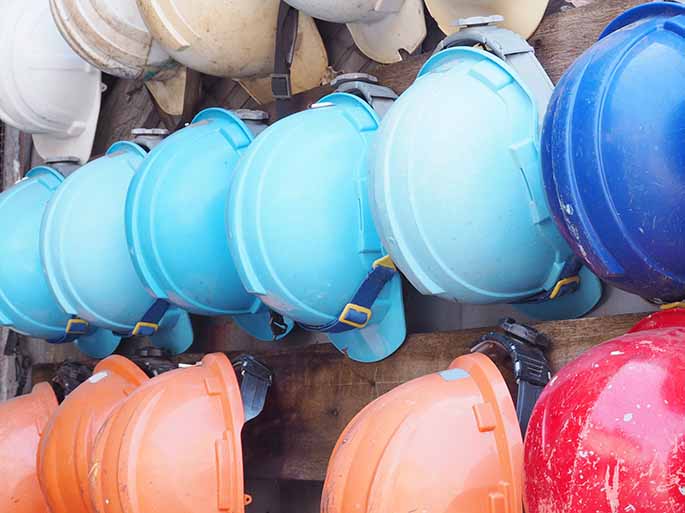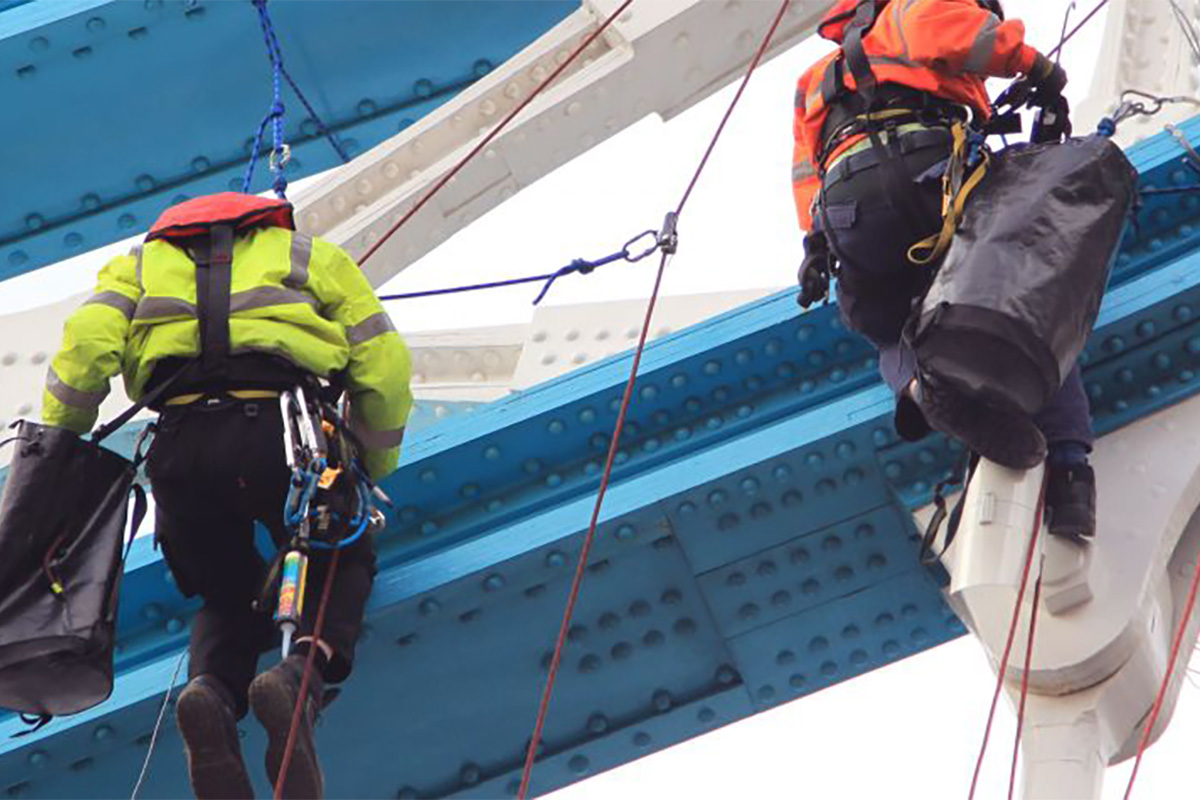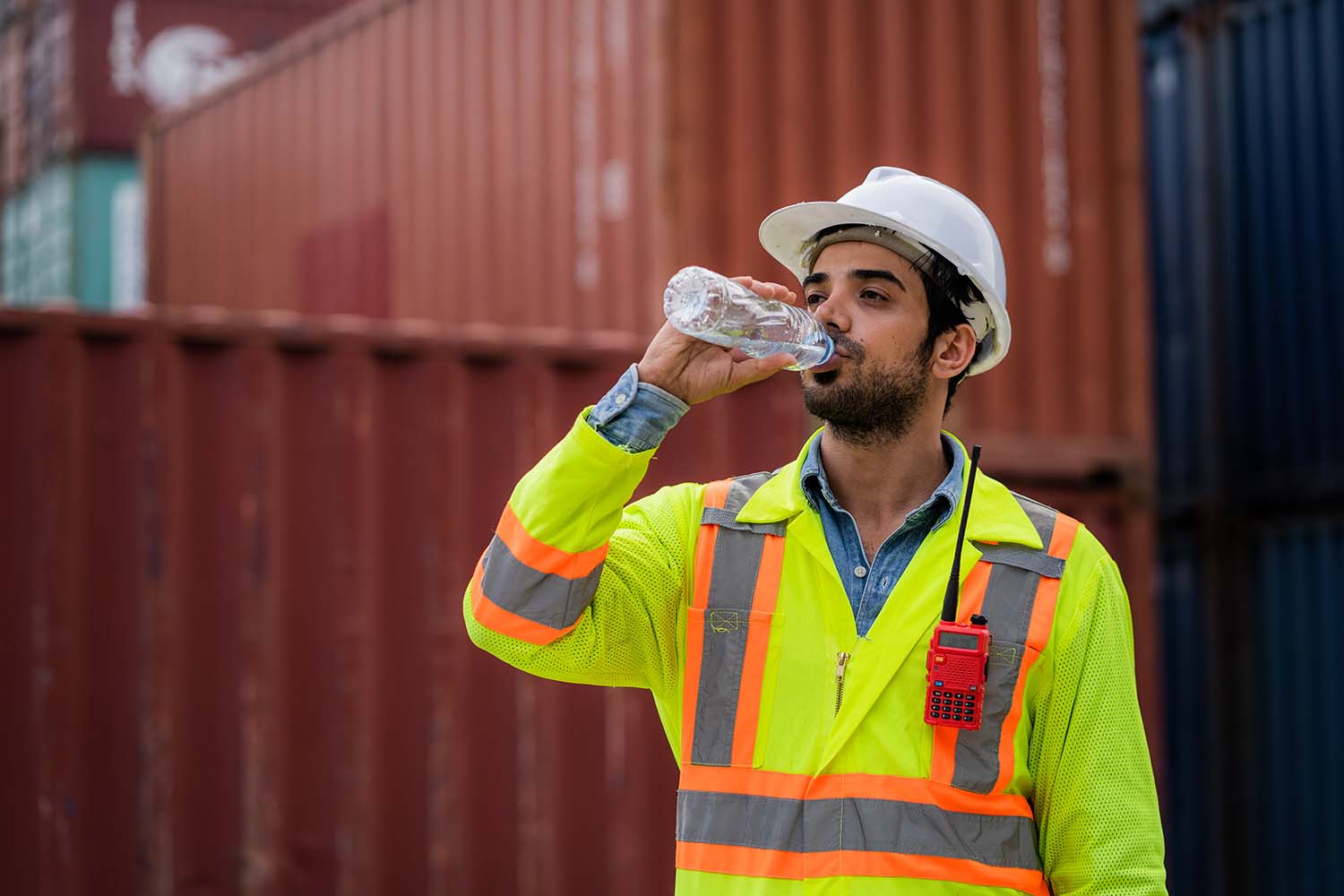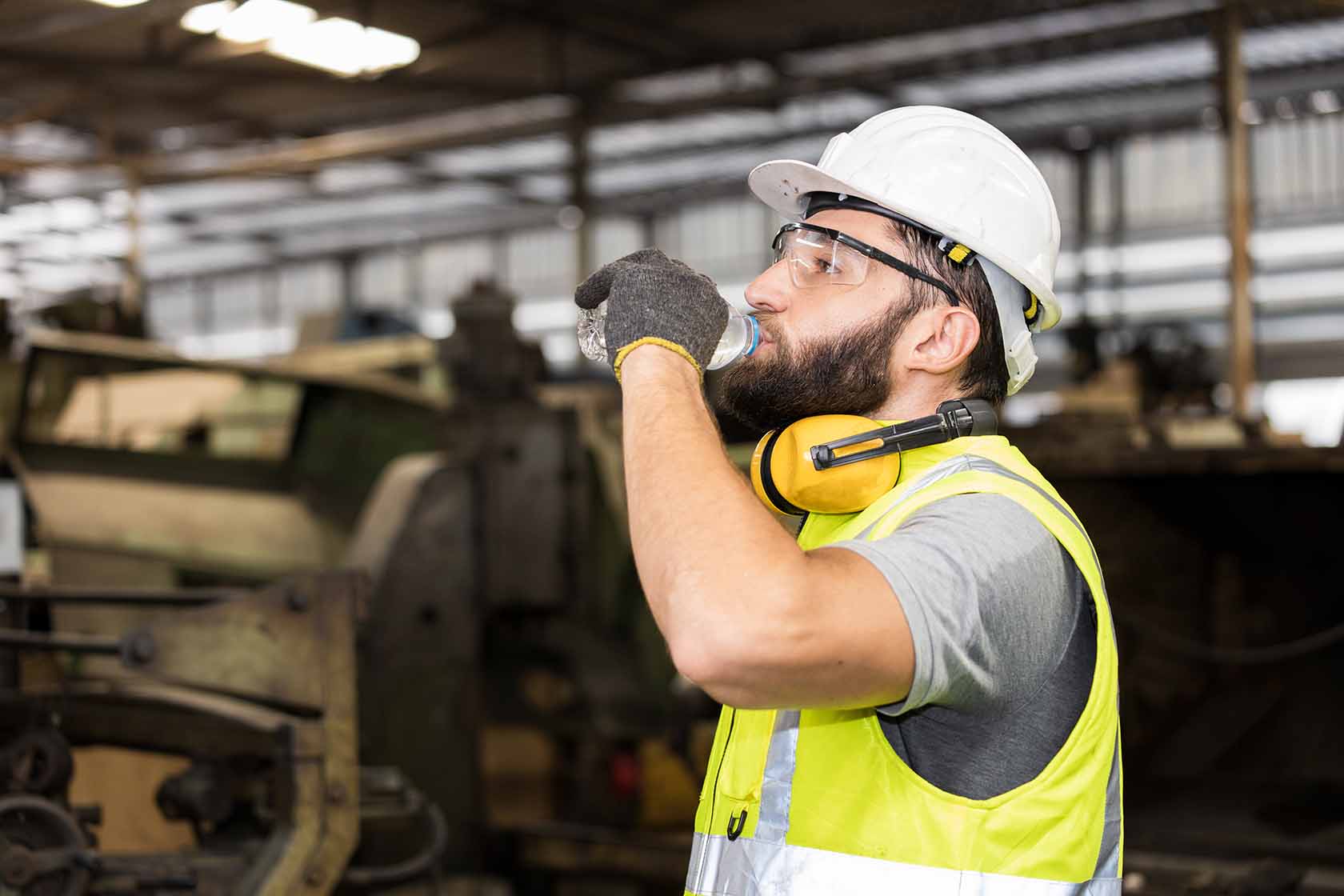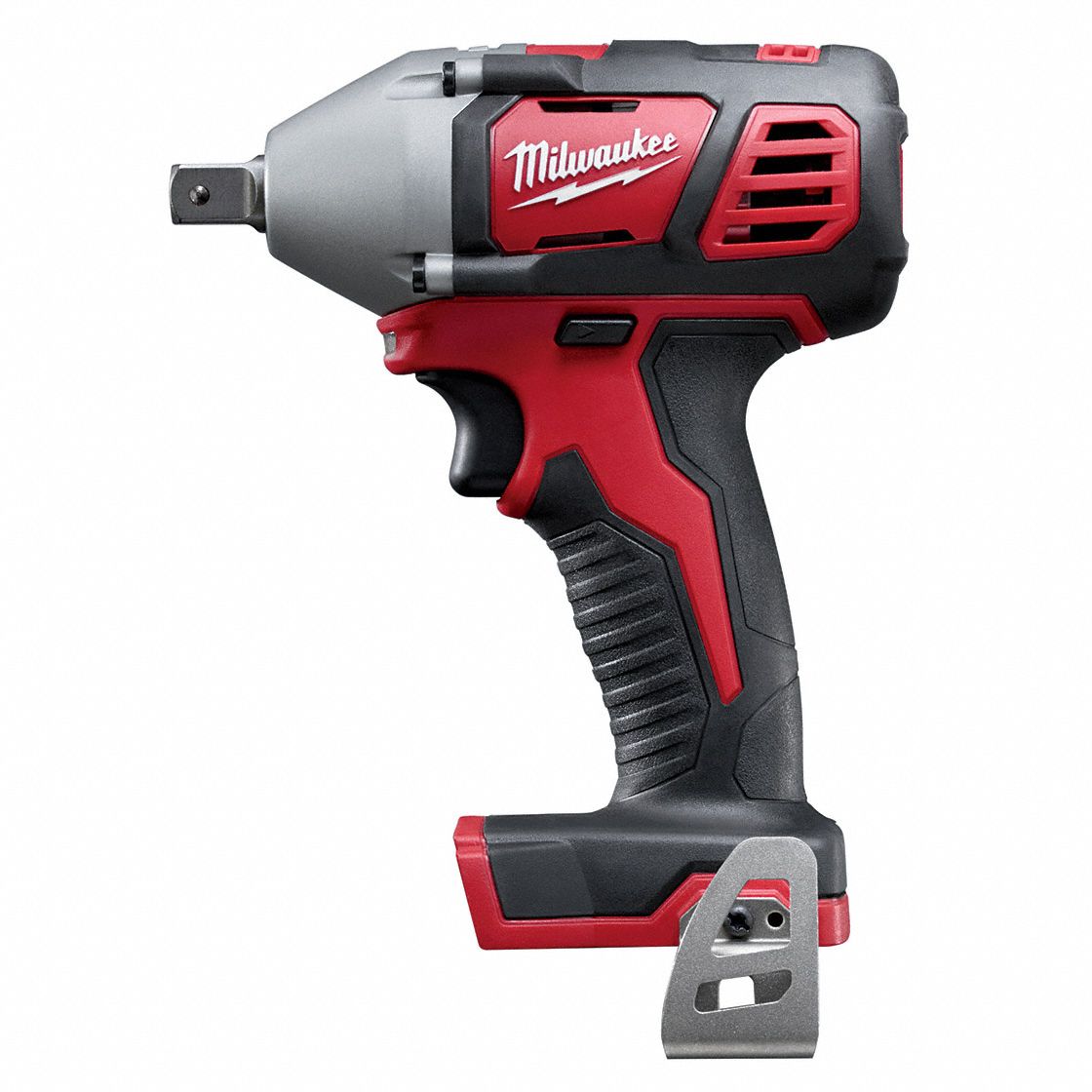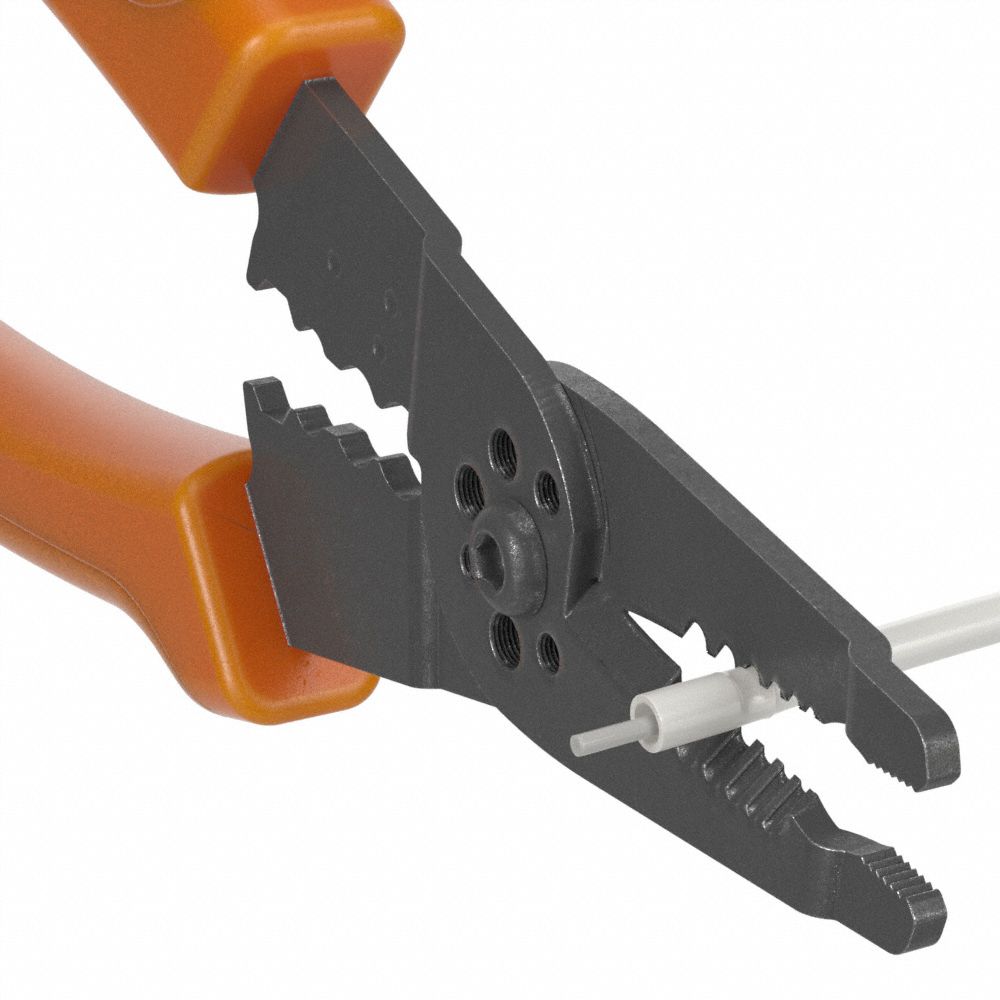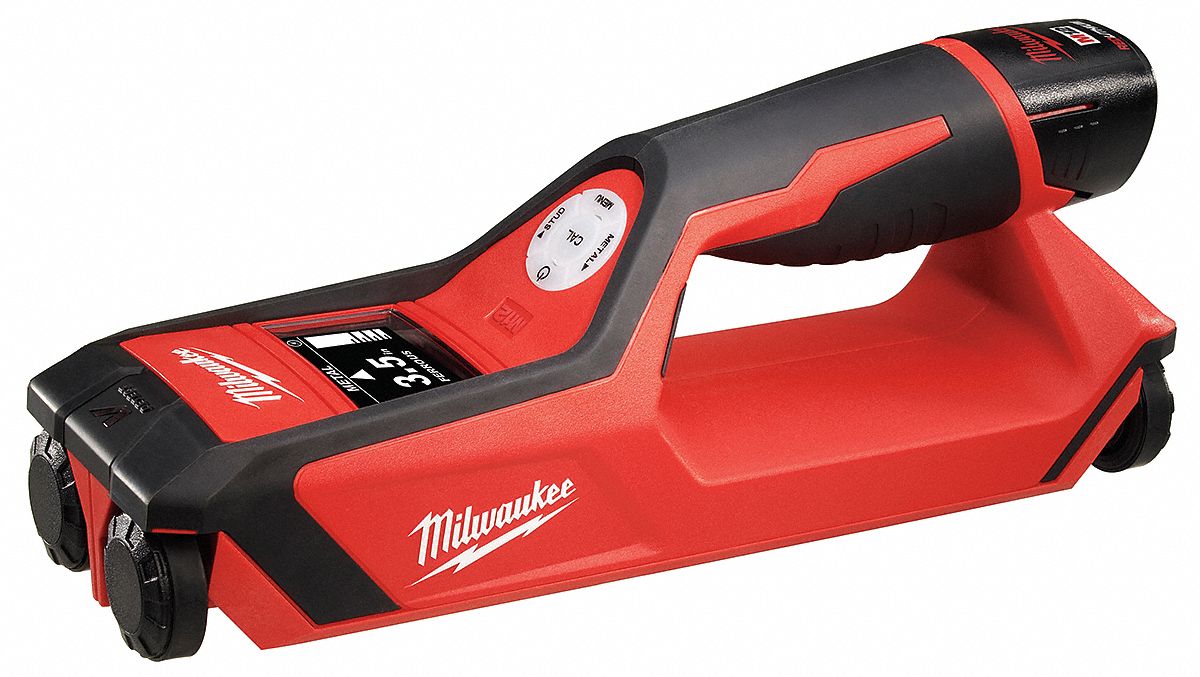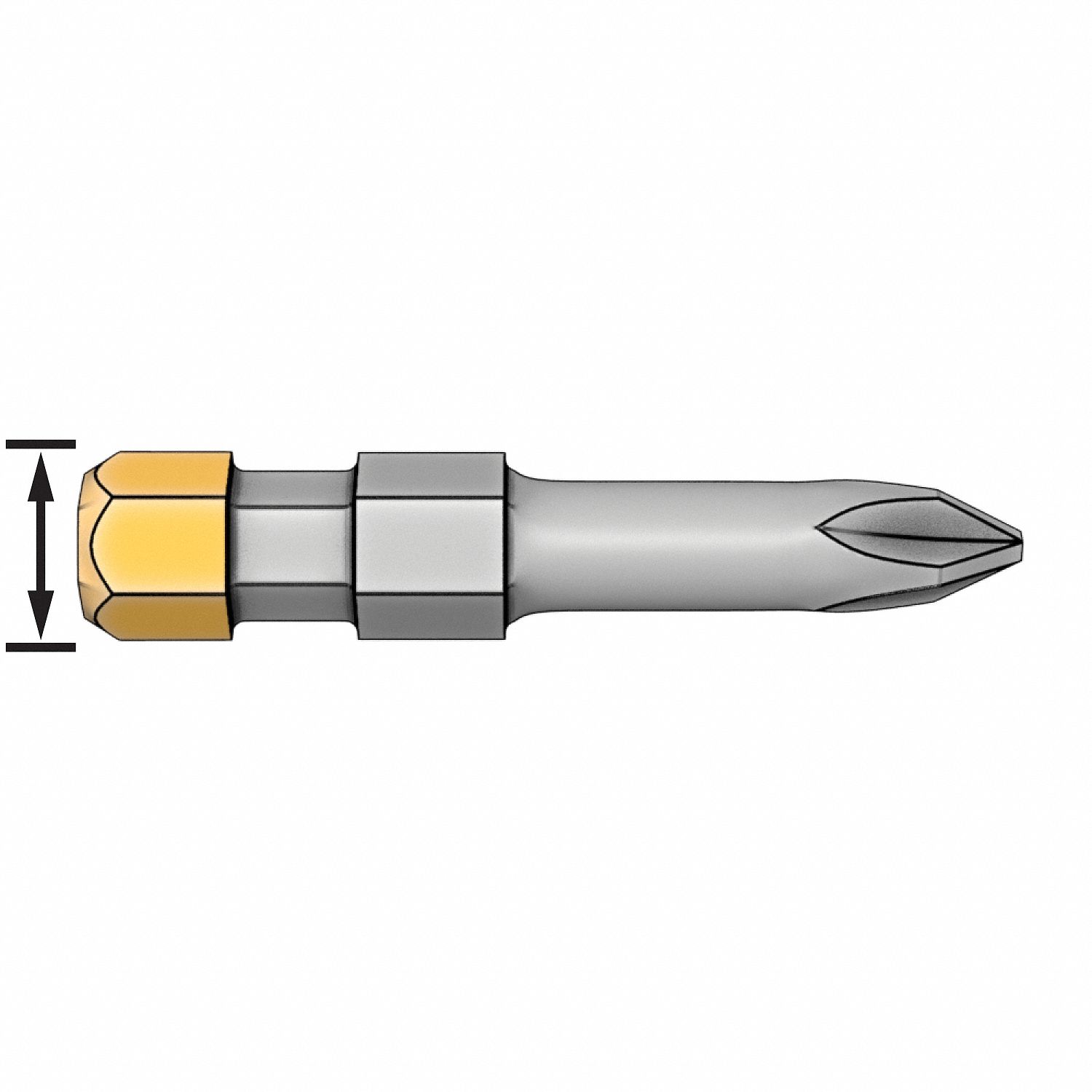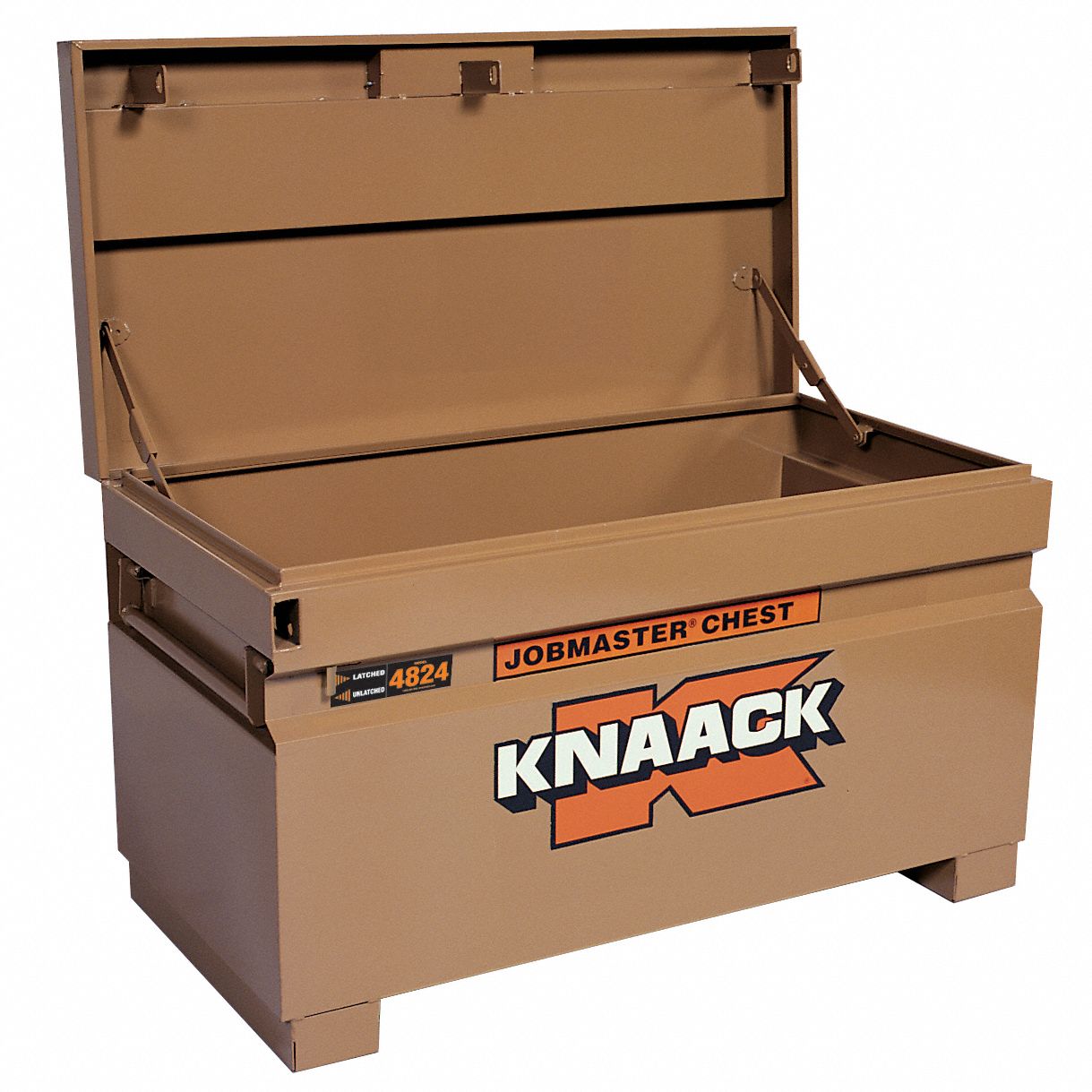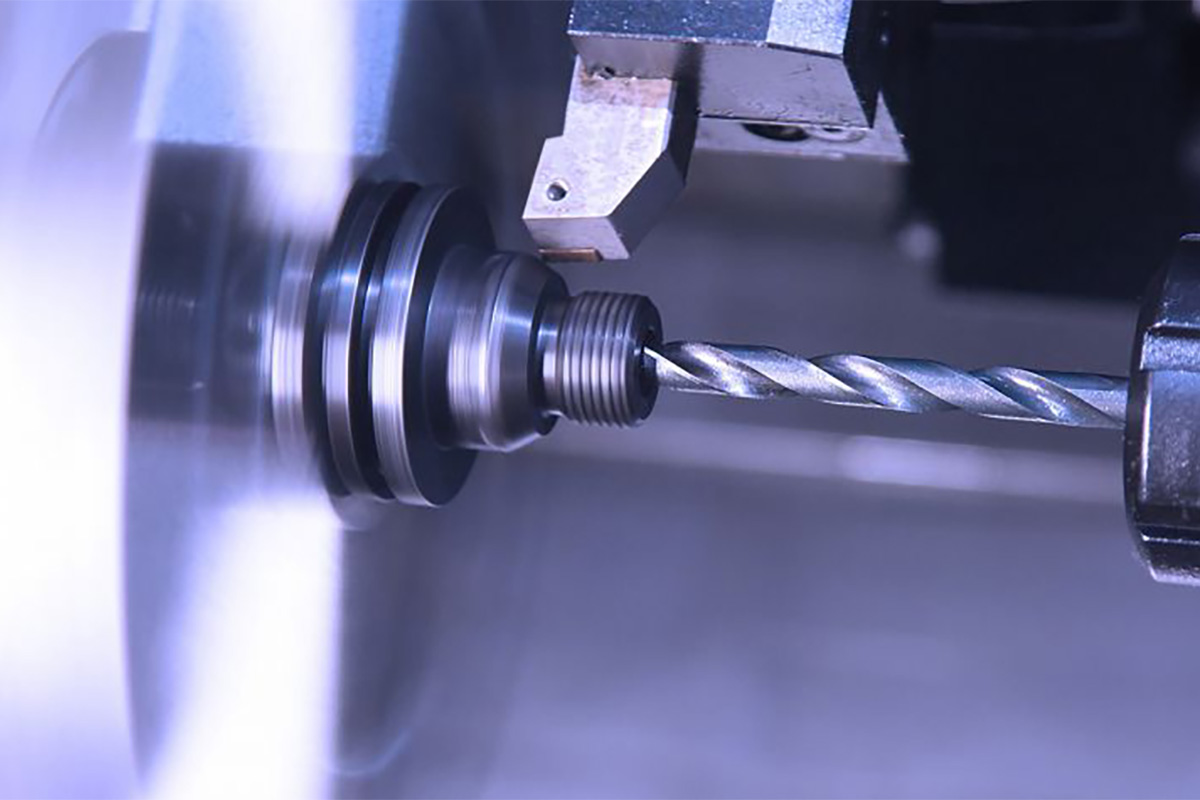

Machine Guarding: OSHA Requirements
By Grainger Editorial Staff 9/14/23
Quick Tips #169.1
Employers must identify all the potential hazards in the workplace that require machine safeguarding and ensure they adhere to OSHA regulations.
Moving machine parts create workplace hazards and potential machinery-related injuries, making machine guards vitally important. Machine safeguarding helps protect workers from preventable injuries.
OSHA’s requirements for machine guarding are found in 29 CFR 1910 Subpart O, Machinery and Machine Guarding. The regulation is broken down into these components:
- 1910.211 — Definitions
- 1910.212 — General requirements for all machines
- 1910.213 — Woodworking machinery
- 1910.214 — Cooperage machinery [Reserved]
- 1910.215 — Abrasive wheel machinery
- 1910.216 — Mills and calendars in the rubber/plastics industries
- 1910.217 — Mechanical power presses
- 1910.218 — Forging machines
- 1910.219 — Mechanical power-transmission apparatus
General requirement 1910.212(a)(1) states that one or more methods of machine guarding must be used to protect operators and other employees from hazards, including those created by point of operation, in-running nip points, rotating parts, flying chips and sparks.
Hazardous Mechanical Motions and Actions
Identifying hazards is the first step toward protecting workers and promoting safety in the workplace. The basic types of hazardous mechanical motions and actions are:
- Motions
- Rotating (including in-running nip points)
- Reciprocating
- Transverse motion
- Cutting
- Punching
- Shearing
- Bending
Examples of Hazardous Mechanical Motions
A rotating motion can be dangerous. Even smooth, slowly rotating shafts can grip clothing, and through mere skin contact, force an arm or hand into a dangerous position.
Collars, couplings, cams, clutches, flywheels, shaft ends, spindles and horizontal or vertical shafting are examples of common hazardous rotating mechanisms. The danger increases when bolts, nicks, abrasions and projecting keys or setscrews are exposed on rotating parts. According to 29 CFR 1910.219 (L), these must be made flush or guarded.
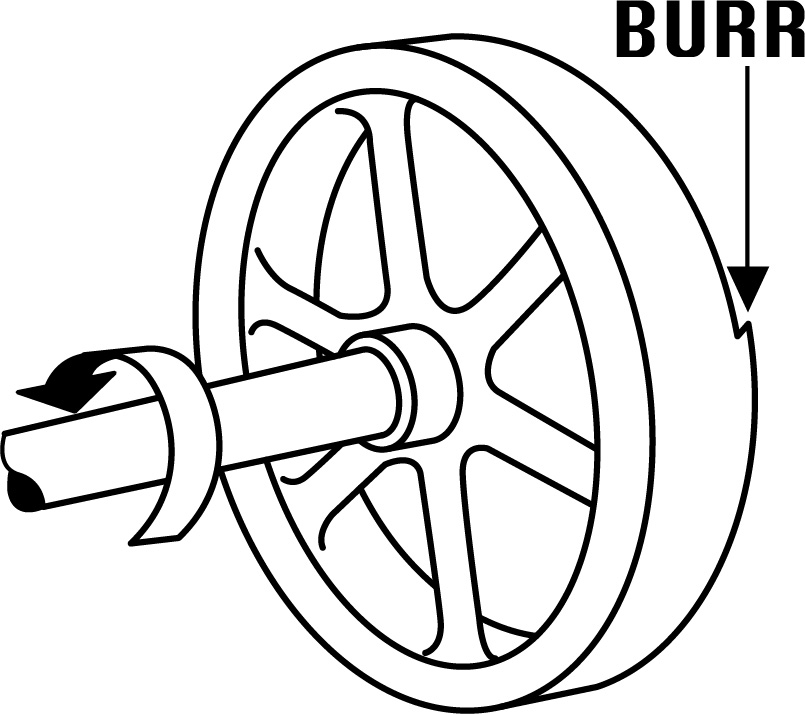
Rotating Pulley with Spokes and Projecting Burr on Face of Pulley
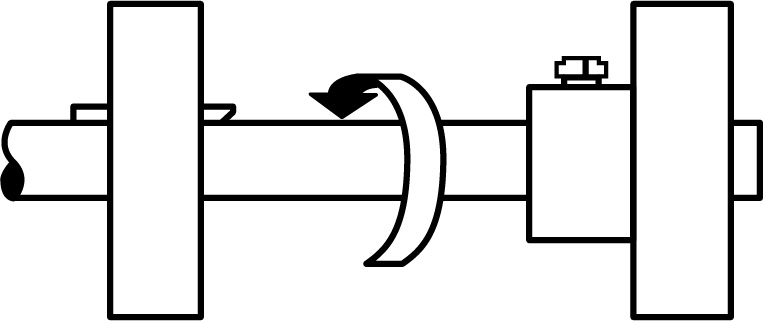
Rotating Shaft and Pulleys with Projecting Key and Set Screw
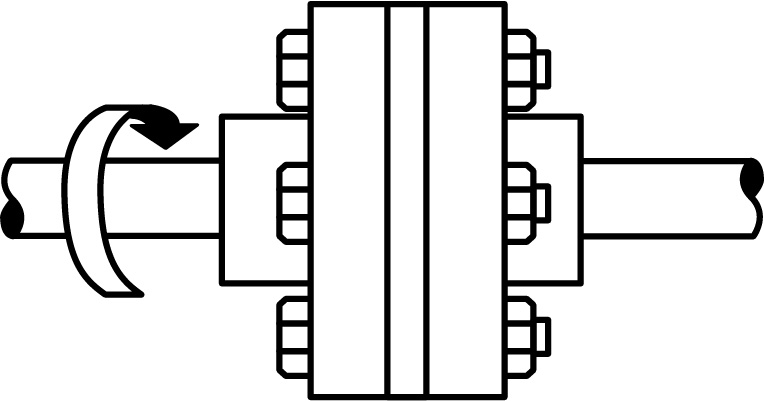
Rotating Coupling with Projecting Bolt Heads
Rotating parts cause hazards such as in-running nip points. Parts can rotate closely to each other in opposite directions while their axes are parallel to each other. When they run closely, the stock fed between two rolls produces a nip point. This danger is common on machines with intermeshing gears, rolling mills and calendars.
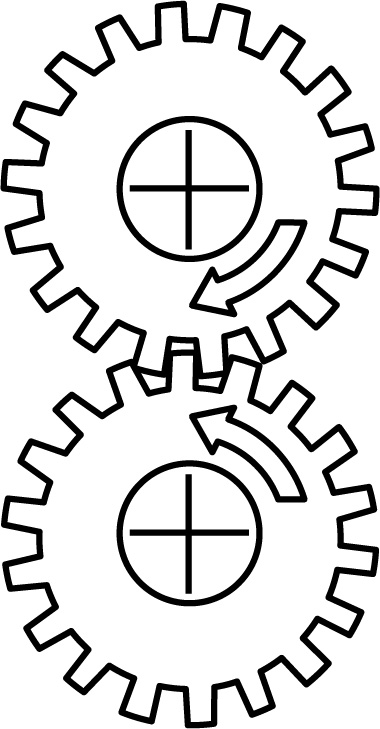
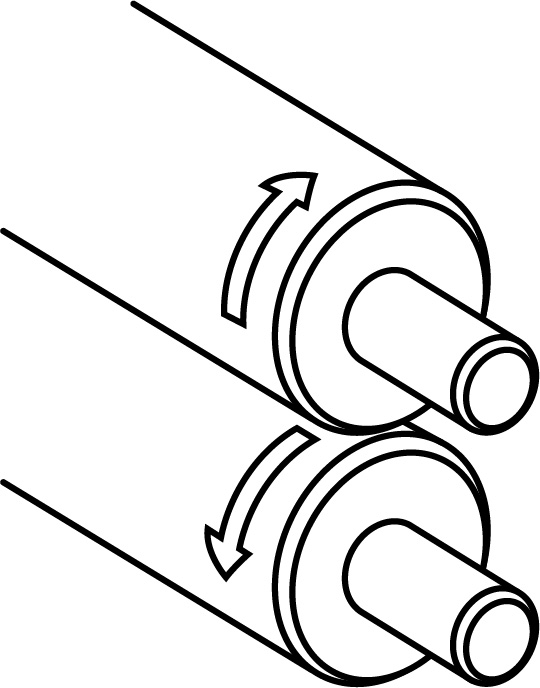
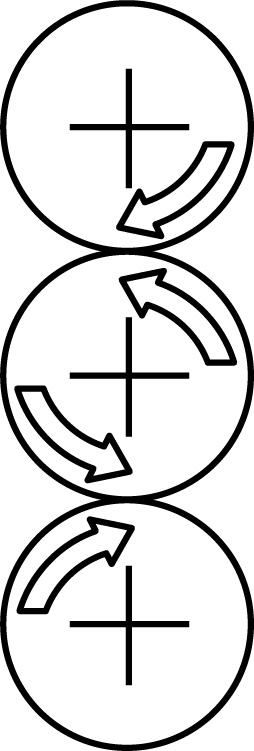
Rotating and tangentially moving parts also cause nip points. Potential hazards include the points of contact between a power transmission belt and its pulley, a chain and its sprocket, or a rack and pinion.
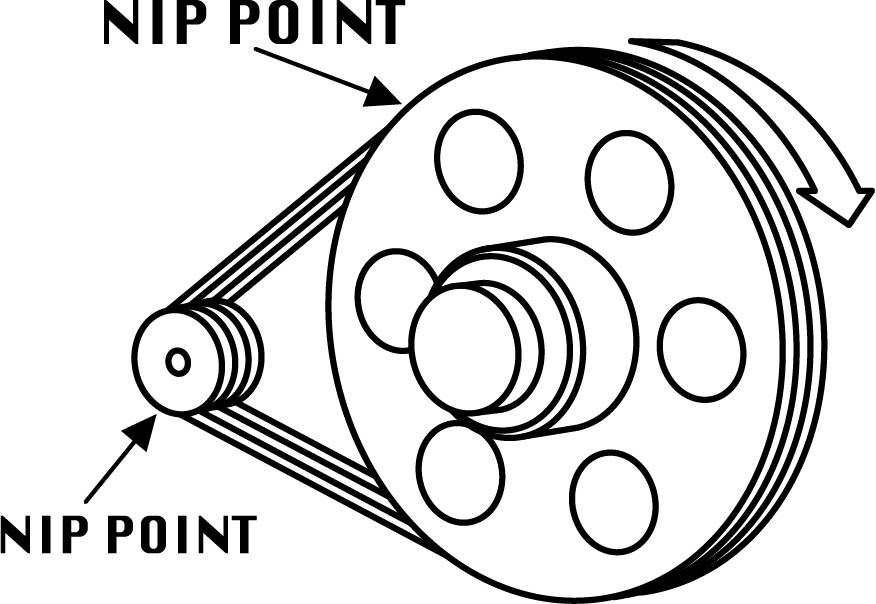
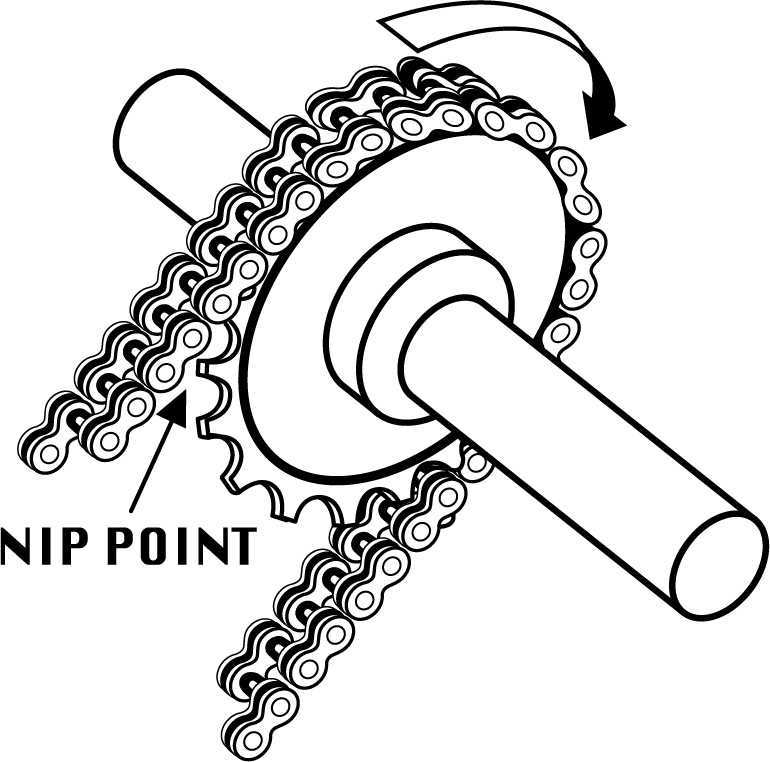
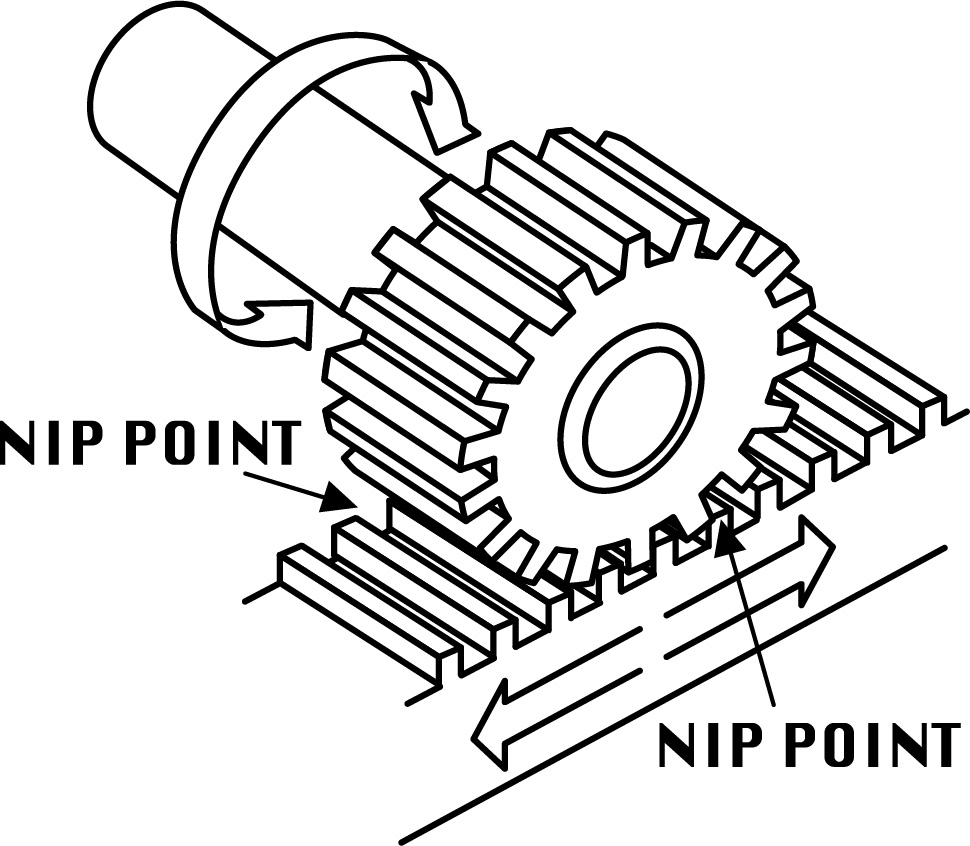
Rotating and fixed parts, including spoked hand wheels on flywheels, screw conveyors and the periphery of an abrasive wheel often create shearing, crushing or abrading actions that also can cause nip points.
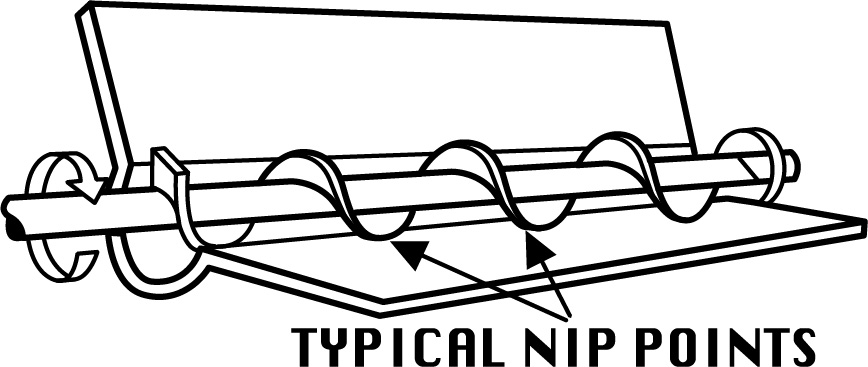
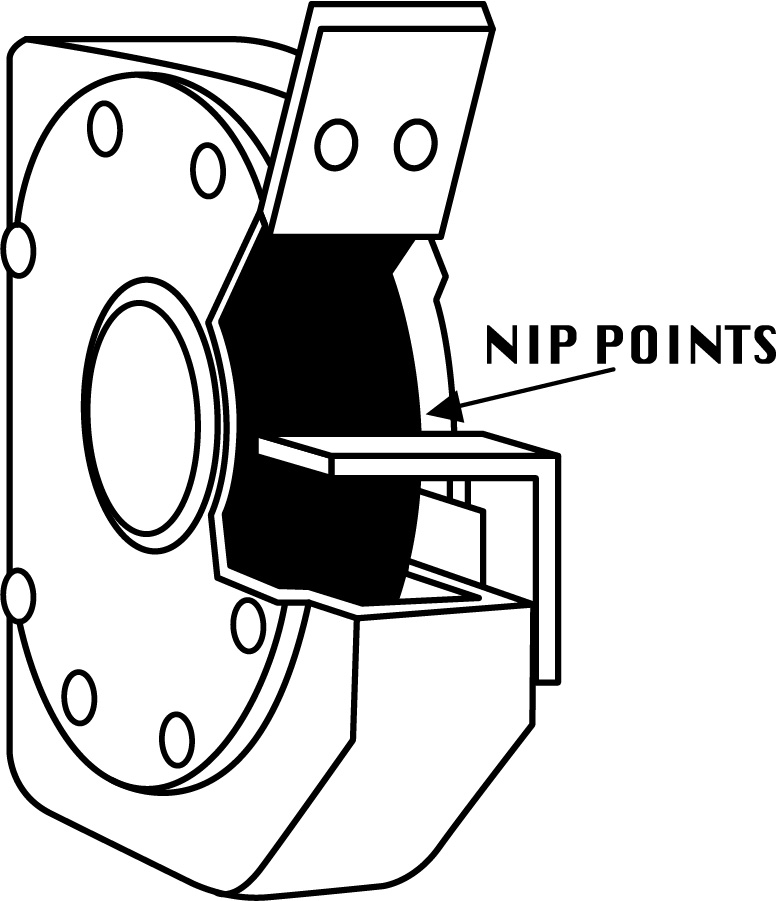
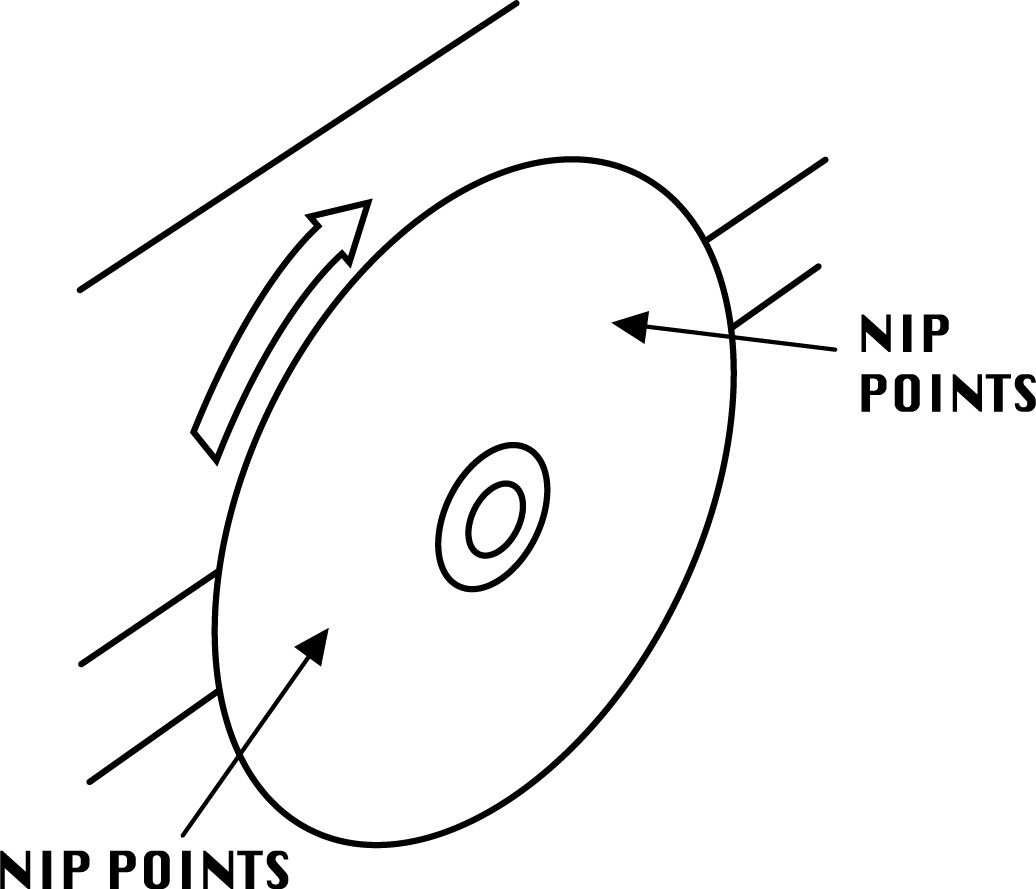
Reciprocating motions cause a back-and-forth or up-and-down action that can strike a worker or catch a worker between a moving and a stationary part.
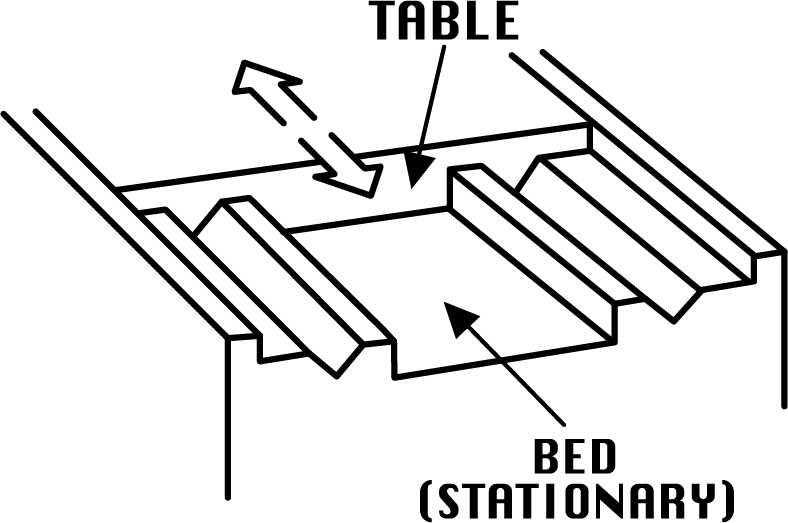

With transverse motion – which is movement in a straight, continuous line – moving parts can catch or strike a worker in a pinch point or shear point.

Transverse Motion of Belt
Examples of Hazardous Mechanical Actions
Cutting action hazards involve rotating, reciprocating, or transverse motion, where finger, head and arm injuries can occur and where flying chips and scrap material can strike a worker’s eyes or face. Cutting actions are dangers with bandsaws, circular saws, and boring or drilling machines.
Punching action results when power is applied to a slide (ram) for the purpose of blanking, drawing, or stamping metal or other materials. The danger occurs where stock is inserted, held, and withdrawn by hand as with power presses.
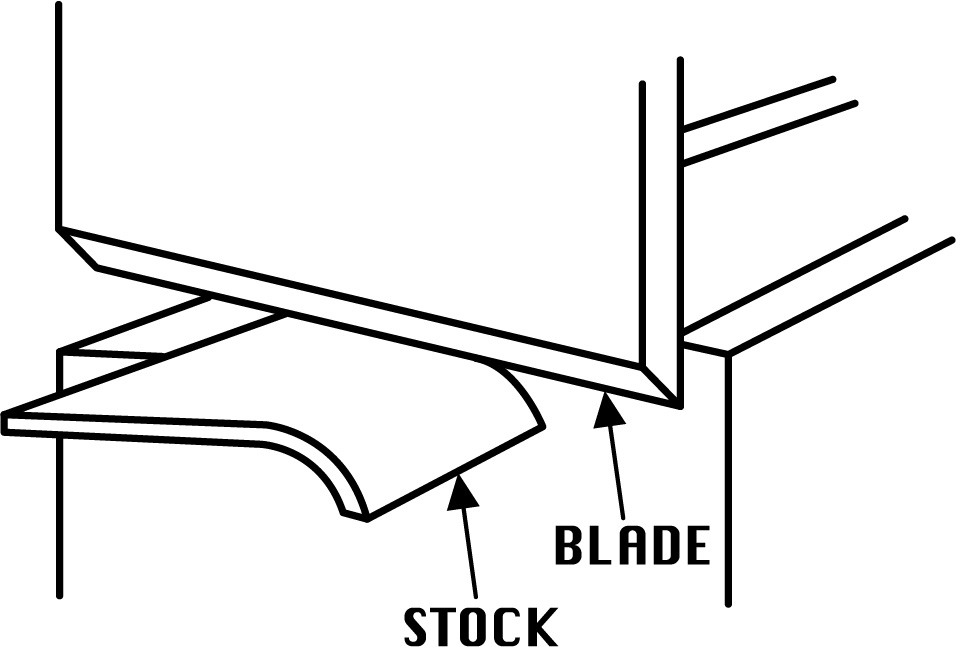
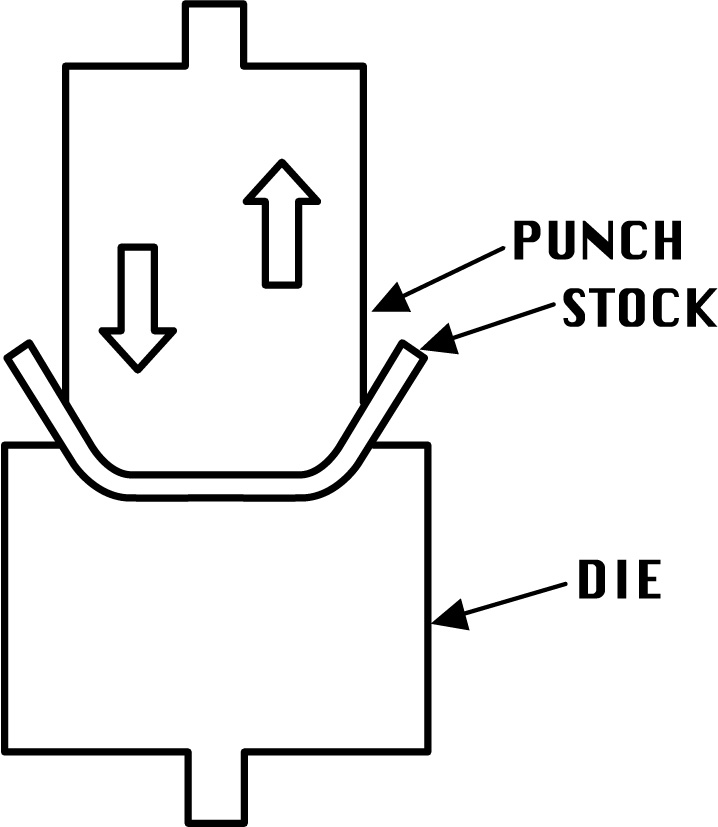
Shearing action involves applying power to a shear or knife to trim or shear materials such as metal. The danger is where stock is inserted, held, and withdrawn, as with hydraulically or pneumatically powered shears.
Bending action results when power is applied to a slide to draw or stamp metal or other material. This is a threat where stock is inserted, held, and withdrawn, as with equipment such as power presses.
Requirements for Safeguards
Machine safeguards must meet these minimum general requirements:
- Prevent contact: The safeguard must prevent hands, arms, or any other part of a worker’s body from making contact with dangerous moving parts.
- Be secure: Workers should not be able to easily remove or tamper with the safeguard. Guards and safety devices should be made of durable materials that will withstand normal use. They must be firmly secured to the machine where possible or secured elsewhere if attachment to the machine is not possible.
- Protect from falling objects: The safeguard should ensure that no objects can fall into moving parts.
- Create no new hazards: A safeguard defeats its own purpose if it creates a hazard such as a shear point, a jagged edge or an unfinished surface.
- Create no interference: Any safeguard that impedes a worker from performing a job quickly and comfortably might soon be bypassed or disregarded. Proper safeguarding can actually enhance efficiency because it relieves a worker’s injury apprehensions.
- Allow safe lubrication: If possible, one should be able to lubricate the machine without removing the safeguard. Locating oil reservoirs outside the guard, with a line leading to the lubrication point, will reduce the need for the operator or maintenance worker to enter the hazardous area.
Types of Safeguarding
The type of operation, the size or shape of stock, the method of handling, the physical layout of the work area, the type of material and production requirements or limitations will help you determine the best method for safeguarding.
As a rule, fixed guards that enclose the danger area best protect power transmission apparatuses. However, there are several options for point-of-operation hazards that have moving parts. Choose the most effective and practical option.
Safeguards can be grouped under five general classifications: guards, devices, safety controls, gates, and location/distance.
Guards
Fixed guards are permanent parts of a machine. These guards are preferable because they’re simple and permanent.
Interlocked guards automatically shut off or disengage a machine through a tripping mechanism or power when the guard is opened or removed. The machine cannot cycle or start until the guard is replaced.
Adjustable guards are useful because they accommodate various sizes of stock.
Self-adjusting guards allow the opening of the barrier to be determined by the stock. As the operator moves the stock into the danger area, the guard is pushed away, providing an opening that only is large enough for the stock.
Devices
Presence-sensing devices are divided into two groups. Photoelectrical devices use light sources and controls that can interrupt the machine. Radio frequency or capacitance devices use a radio beam that is part of the machine circuit. When the capacitance field is broken, the machine will stop.
Electromechanical sensing devices have a probe or contact bar that descends to a predetermined distance when the operator initiates the machine cycle. If there is an obstruction preventing it from descending to its full, predetermined distance, the control circuit does not start the machine.
Pullback devices use cables attached to the operator’s hands, wrists and/or arms. They primarily are used on machines with striking-action hazards. When the slide/ram is up, the operator is allowed access to the points of operation. When the slide/ram descends, a mechanical link automatically assures that the operator’s hands move away from the points of operation.
Restraint devices allow the operator’s hands to travel only in a predetermined safe area.
Safety Controls
Safety trip controls, such as pressure-sensitive body bars, safety tripods and safety tripwire cables, can quickly deactivate a machine.
Two-hand controls require both hands and constant pressure on the controls for the machine to operate.
Gates
Gates are movable barriers that protect the operator at the point of operation before the machine cycle starts.
Location/Distance
Though not actual guards, location and distance can keep employees safe. You can place a machine in an infrequently traveled area or where its dangerous moving parts are not accessible. A thorough hazard analysis of each machine and particular situation is essential before using this safeguarding technique.
Guard Construction
Guards designed and installed by the machine producer are desirable because they conform to the design and function of the machine, and they can be designed to strengthen the machine or to serve some additional functional purpose.
User-built guards are sometimes necessary and have some advantages. Often, with older machines, they are the only practical solution. They also might be the only choice for mechanical power transmission apparatuses in older plants. User-built guards can be designed and built to fit unique and changing situations and can be installed on individual dies and feeding mechanisms. Also, when your workers design and install machine guards, they develop a better knowledge of those guards and how they work.
However, there are some disadvantages. User-built guards might not conform well to the machine and might be poorly designed or built.
Guard Materials
Metal, plastic, and wood are all used as construction materials for machine guards. In many circumstances, metal is the best material for guards. It might also be feasible to use plastic where higher machine visibility is required. Guards made of wood are generally not recommended because of their flammability and lack of durability and strength.
However, wood guards can be options in woodworking and chemicals industries, and in industries where vapors or gases or where manufacturing conditions would deteriorate of metal guards. Wood guards also may be used in construction work and in outdoor locations where extreme cold makes metal guards undesirable. In all other industries, wood guards are not allowed, per 29 CFR 1910.219 (o)(2).
Commonly Asked Questions
Q. Do all employees using equipment with machine safeguards in place need to be trained?
A. Yes. OSHA specifies that employees must be trained on each piece of equipment before use. Additionally, machine guarding may vary from one piece of equipment to the next, so each employee must be trained on each piece of equipment they operate before use.
Q. Should new equipment be evaluated even if it comes with machine guarding in place?
A. Yes. Both new and old equipment must still be evaluated for all potential hazards. Existing machine guarding may not be adequate if hazards are still present.
Sources
29 CFR 1910 Subpart O, Machinery and Machine Guarding
OSHA Machine Guarding E-Tool
![]() More SAFETY knowhow for you
More SAFETY knowhow for you
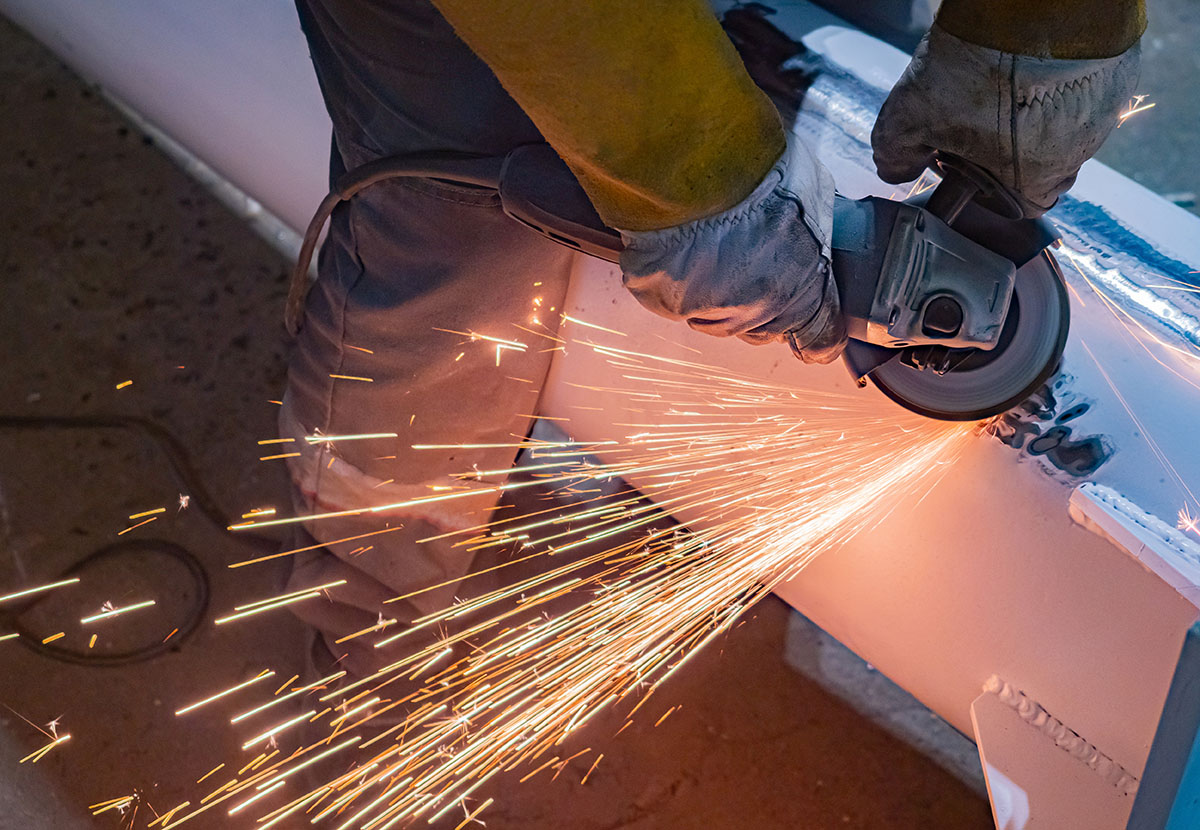
Safety Management
Tips for Dealing with Power Tool Vibration
Too much exposure to vibration from power tools can lead to numbness, tingling and more serious conditions. Learn to gauge how much exposure is too much, and find some ways to help mitigate the vibration.
The information contained in this article is intended for general information purposes only and is based on information available as of the initial date of publication. No representation is made that the information or references are complete or remain current. This article is not a substitute for review of current applicable government regulations, industry standards, or other standards specific to your business and/or activities and should not be construed as legal advice or opinion. Readers with specific questions should refer to the applicable standards or consult with an attorney.

